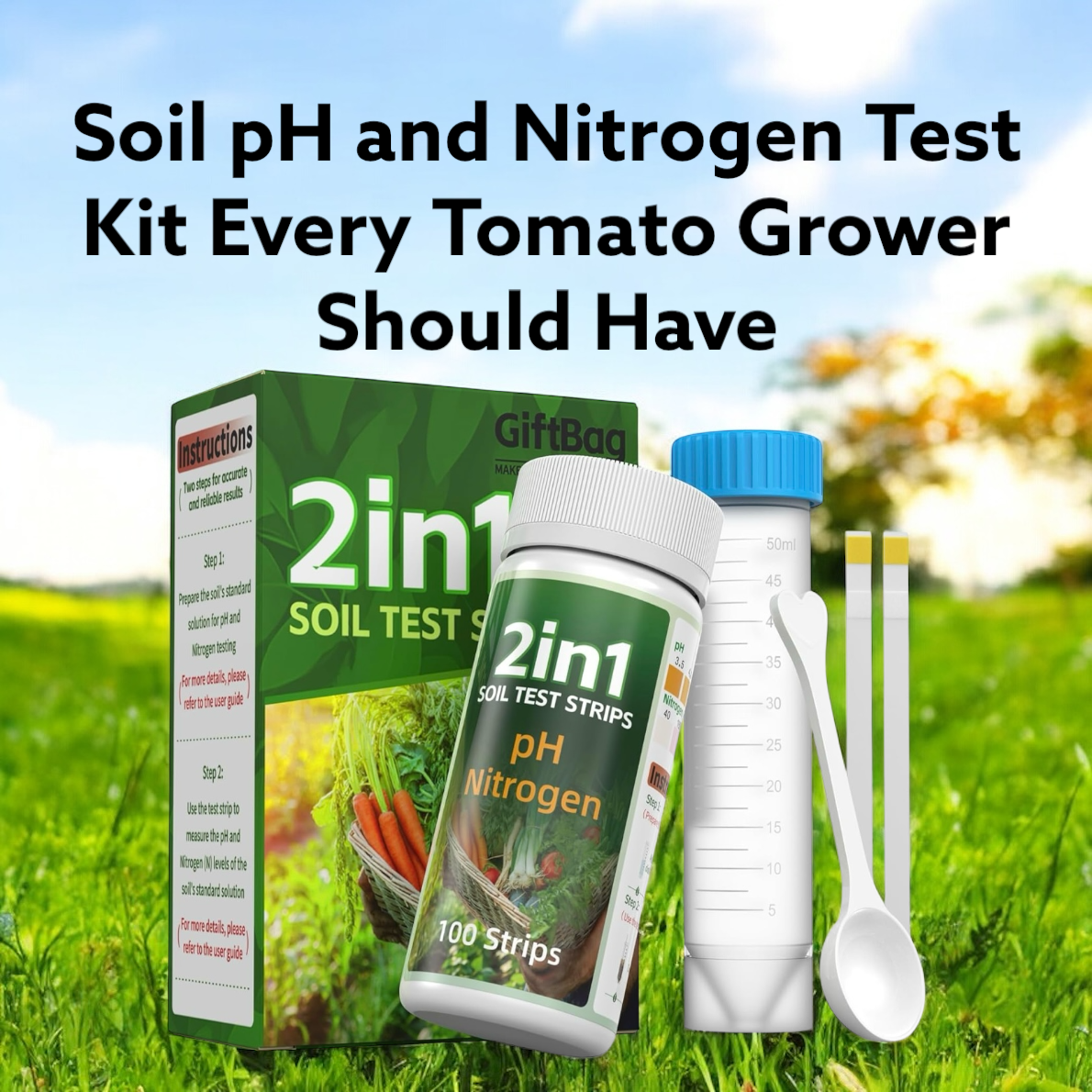
How Much Sun Do Tomato Plants Need? Find Out the Truth
If you’re like me when I first started growing tomatoes, you’ve probably wondered: how much sun do tomato plants really need to thrive? I used to think “some sun” was good enough… until I ended up with sad, leggy plants that barely gave me any tomatoes.
Here’s the real deal: tomato plants need at least 6 to 8 hours of direct sunlight a day, and if you want juicy, flavorful tomatoes? Shoot for 8 to 10 hours.
Why? Tomatoes are sun-loving plants. They need all that sunlight to power photosynthesis, which gives them the energy to grow tall, set flowers, and ripen fruit. If they don’t get enough, you’ll start noticing problems fast — like weak stems, fewer blossoms, and fruit that takes forever to ripen (if it ripens at all).
If your tomato leaves are curling or looking stressed in the sun, that could be another story. Check out why tomato leaves curl down and what to do about it for signs it’s more than just sunlight they’re struggling with.
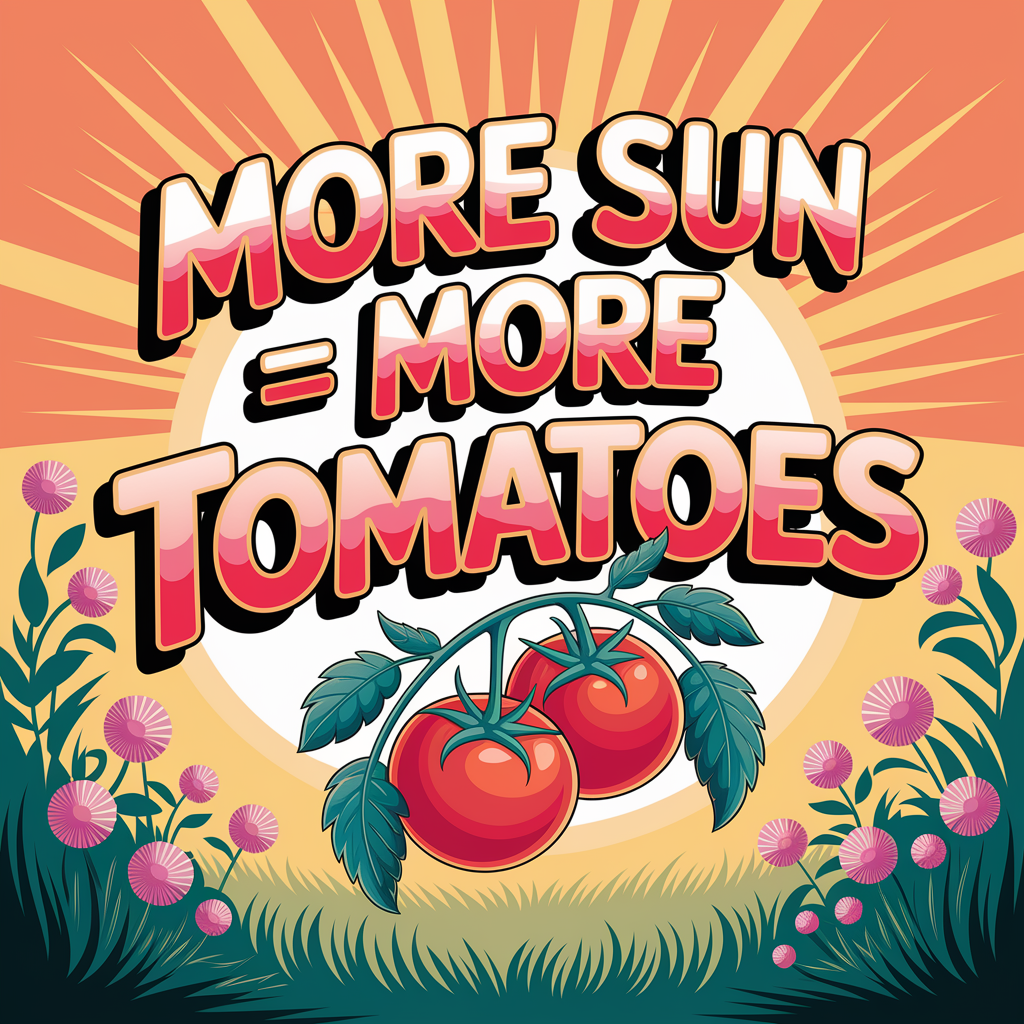
Why Sunlight Is Non-Negotiable for Tomato Plants
Sunlight isn’t just a “nice to have” for tomato plants — it’s a must-have. These plants are originally tropical by nature, which means they evolved in places where the sun shines long and strong every day. If you shortchange them on light, they’ll let you know quickly.
Here’s what proper sunlight does for your tomato plants:
- Stimulates healthy growth – Sunlight triggers photosynthesis, which powers everything from leaf growth to root development.
- Boosts fruit production – More sun = more energy = more flowers and fruit. It’s simple plant math.
- Enhances flavor – Tomatoes exposed to enough sunlight develop richer, sweeter, more complex flavors.
- Keeps disease in check – Sun helps dry off early morning dew, which reduces the chance of mold and fungal issues like blight.
Not getting enough light can also be why your tomatoes aren’t ripening even though they look full-size. I’ve had tomatoes sit on the vine for weeks until I realized they just weren’t getting enough daily sunshine.
Next up: let’s break down the differences between full sun vs partial sun and what that means for your tomato harvest.

Full Sun vs Partial Sun: What’s the Difference for Tomatoes?
When garden tags or seed packets say “full sun,” they’re not kidding around — they mean it.
Full sun = 6+ hours of direct, unfiltered sunlight daily, preferably closer to 8 to 10 for tomatoes. “Partial sun” usually means 3 to 6 hours, and honestly? That just won’t cut it for thriving tomato plants.
If your tomato plants only get a few hours of sun a day — maybe they’re shaded by a fence, your house, or a big tree — they’ll likely grow tall and spindly with few fruits. I tried squeezing some plants into a spot that only got 4 hours of light a day… and I got 2 tomatoes the whole season. Lesson learned.
So if you’re working with limited light, dwarf tomato varieties or container tomatoes you can move around might be the better route.

Can Tomatoes Get Too Much Sun?
You’d think more sun = better tomatoes, right? Well, kind of. While tomatoes love full sun, there’s a limit to how much heat they can handle, especially when it gets above 90°F.
Too much sun in extreme heat can cause:
- Sunscald – pale, leathery spots on the fruit
- Leaf curl – the plant’s way of protecting itself from losing too much moisture
- Blossom drop – flowers falling off before fruit sets
The sun isn’t the enemy — but hot sun without enough water? That combo will stress your plants out. During heatwaves, I use shade cloth or even an old bedsheet to give my tomatoes a breather in the afternoon.

Morning Sun vs Afternoon Sun – Is One Better?
Absolutely. Morning sun is gold for tomatoes.
It dries off dew early (which helps prevent mold and disease), and it gives the plant energy when the temps are cooler and more manageable. Afternoon sun tends to come with intense heat — sometimes too much for stressed plants.
If you have a choice, place your tomato plants where they get sunrise to early afternoon light. That’s the sweet spot for healthy growth without overheating them.
And when it’s time to harvest your tomatoes, this post will help you avoid heat-damaged fruit.

What Happens If Tomato Plants Don’t Get Enough Sun?
Short answer: they struggle. Long answer:
- Leggy growth – stems stretch toward the light and get weak
- Few flowers and fruits – the plant doesn’t have enough energy to reproduce
- Pale leaves – a sign of poor chlorophyll production
- Late ripening – fruits stay green longer or ripen unevenly
- Increased risk of pests – weaker plants are easier targets
I had a whole row of tomatoes once that were shaded half the day by a neighbor’s fence. They looked sad all season. Meanwhile, the row 10 feet away in full sun was overflowing with fruit. That’s when I really understood what a difference sunlight makes.
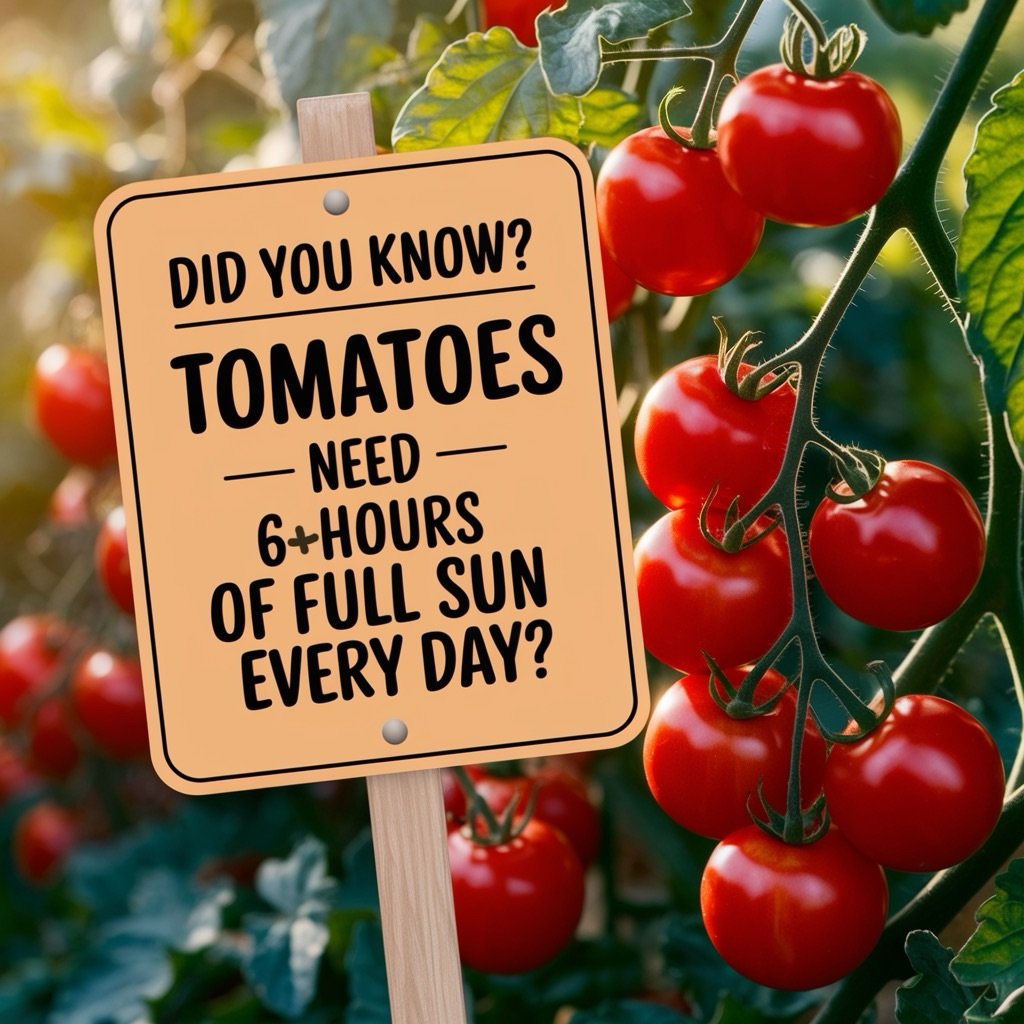
How Many Hours of Sun Do Tomato Plants Really Need?
Most gardeners agree: at least 6 to 8 hours of direct sun daily is the sweet spot for tomato plants. But in my experience, 8 to 10 hours gives you the best shot at a big, flavorful harvest — especially if you’re growing indeterminate varietiesthat keep producing all season.
If you’re working with a shorter sunlight window, choose determinates or compact varieties that don’t need quite as much fuel. We covered this in-depth in our guide to understanding tomato types.
Pro tip: Keep an eye on the shadows in your yard during different times of day. What looks sunny at noon might be totally shaded by 4 PM!
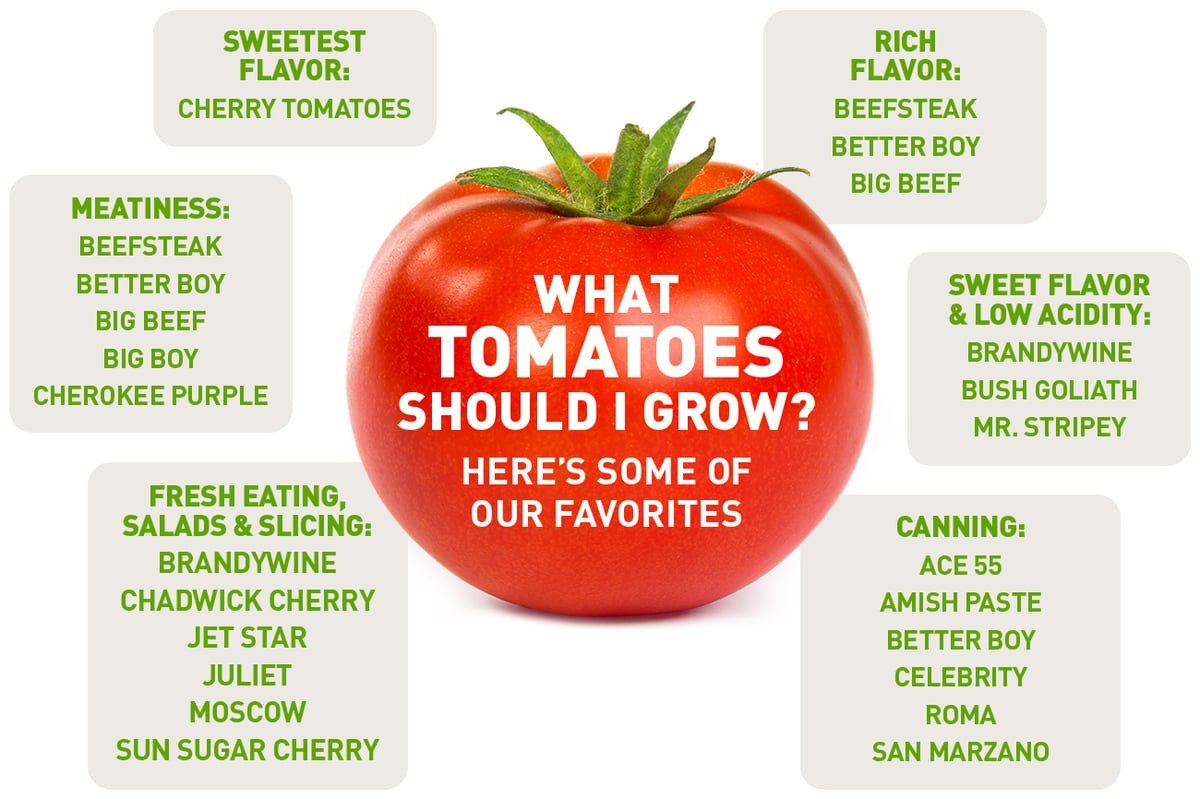
Best Tomato Varieties for Low Sun Conditions
Sometimes we just don’t have full sun — especially in urban backyards, patios, or balconies. If you’re stuck with partial light, don’t give up. Try growing:
- Cherry Tomatoes – Small fruits ripen faster and need less energy
- Bush Varieties – Like ‘Bush Early Girl’ or ‘Patio Princess’
- Dwarf Tomatoes – Check out our full list of dwarf tomato plants
- Determinate Varieties – These produce all at once and require less time in the sun
They won’t be as productive as in full sun, but you’ll still get fresh, homegrown tomatoes — and that’s a win in any light.
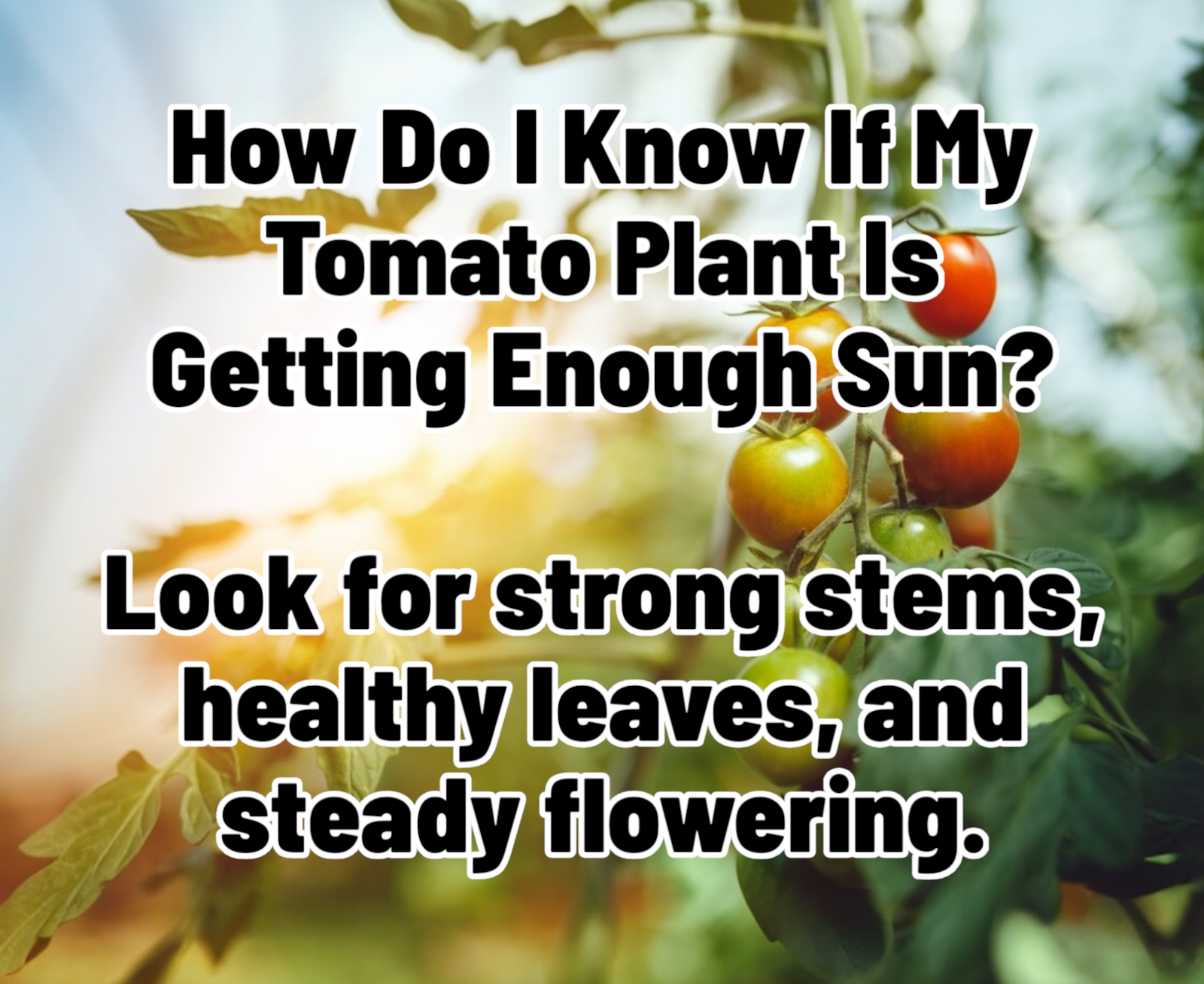
Do Tomato Seedlings Need Full Sun Too?
Yep — the earlier you give them real sunlight, the stronger they’ll be.
Tomato seedlings need 12 to 16 hours of light a day, but that’s usually from a grow light indoors. Once you start hardening them off outside, make sure they’re introduced to morning sun first, and slowly increase exposure to midday light.
I’ve burned a few baby tomato plants by putting them in full sun too fast — so take your time during the transition. I go more in-depth on that in this article on transplanting tomatoes the right way.
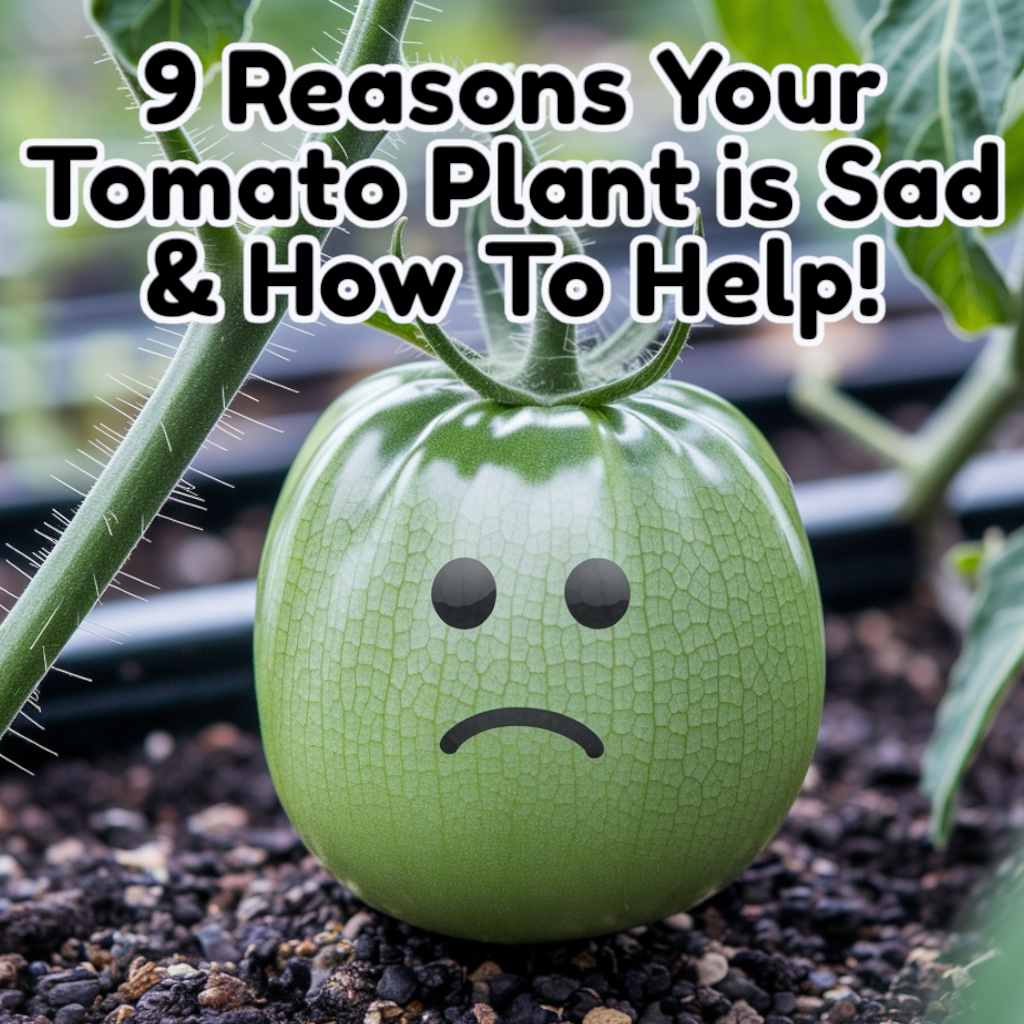
Tips for Maximizing Sunlight in a Shady Garden
If you don’t have the perfect sun-drenched plot, here are 5 ways to get creative and make the most of the light you do have:
- Use Reflective Surfaces – Mirrors, white walls, and foil reflect sunlight back onto your plants
- Raise Your Beds – Higher ground = more sun exposure
- Prune Nearby Trees or Shrubs – Even a little trimming helps
- Grow in Containers – Move them around during the day to chase the sun
- Plant Early in the Season – Before surrounding plants get too tall and block the light
You’d be surprised what a little strategy can do, even in tough spots. If you’re just starting your tomato journey, this guide will walk you through setting it up the smart way.

Does Sunlight Affect the Taste of Tomatoes?
Absolutely — and in a big way. Sunlight doesn’t just power the plant, it also helps build up sugars and acids in the fruit, which is what gives tomatoes their rich flavor.
If your tomatoes taste bland or watery, they may not be getting enough light. I once grew a batch in a partly shaded corner, and while they looked fine, they tasted like… nothing. After moving them to a sunnier spot the next year, boom — flavor explosion. 🍅
To get tomatoes bursting with flavor, make sure they’re planted in the right spot from day one. We dive into more flavor tips in this guide to harvesting at the perfect time.
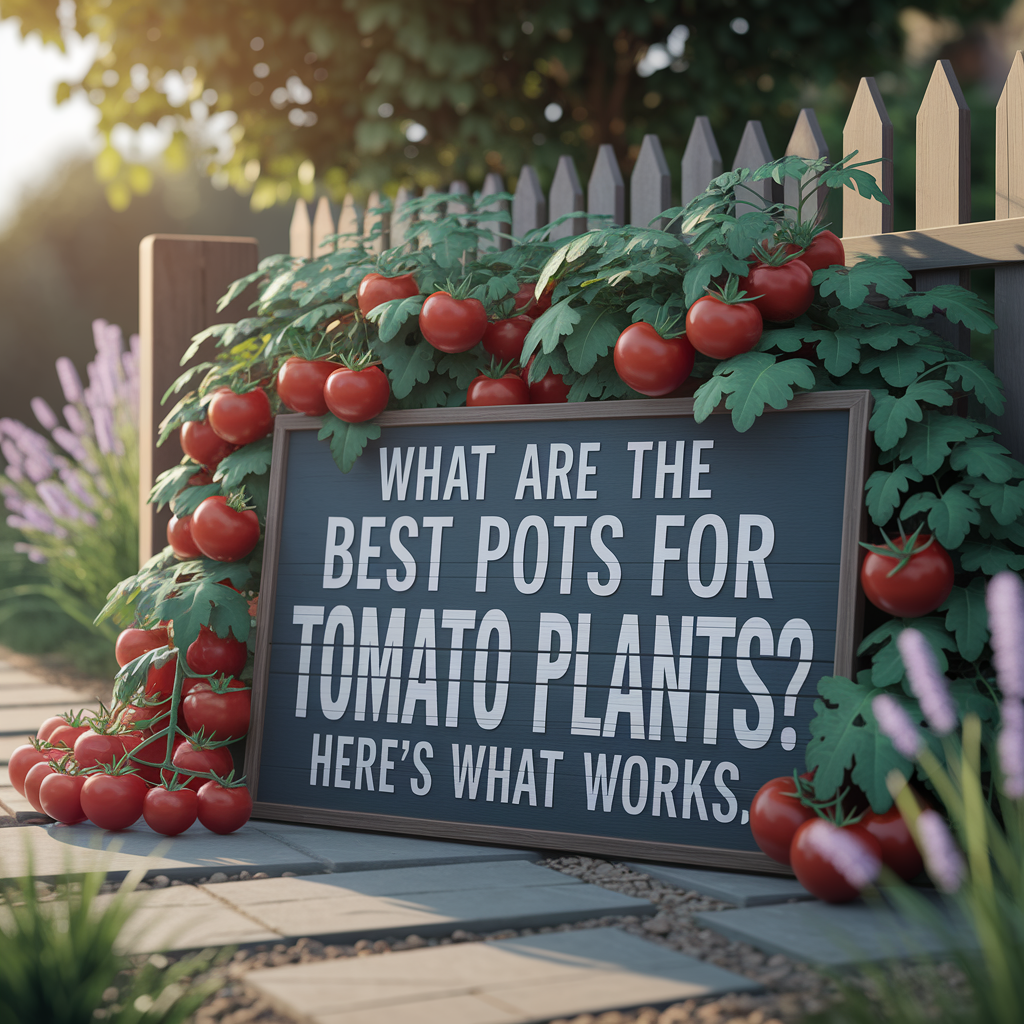
Can Too Much Sun Be a Bad Thing?
Here’s the deal — tomatoes love sun, but extreme heat and unfiltered sunlight can do damage too, especially during afternoon scorchers in zones with intense summers.
Signs your tomatoes might be getting too much heat:
- Sunscald – Pale, leathery patches on the fruit
- Wilting – Even when the soil is moist
- Leaf Curling Upwards – A defense mechanism against dehydration
To protect them, add some shade cloth or mulch around the base to help cool the soil. You can also read our full article on curling tomato leaves to see if you’re dealing with heat stress or something else.
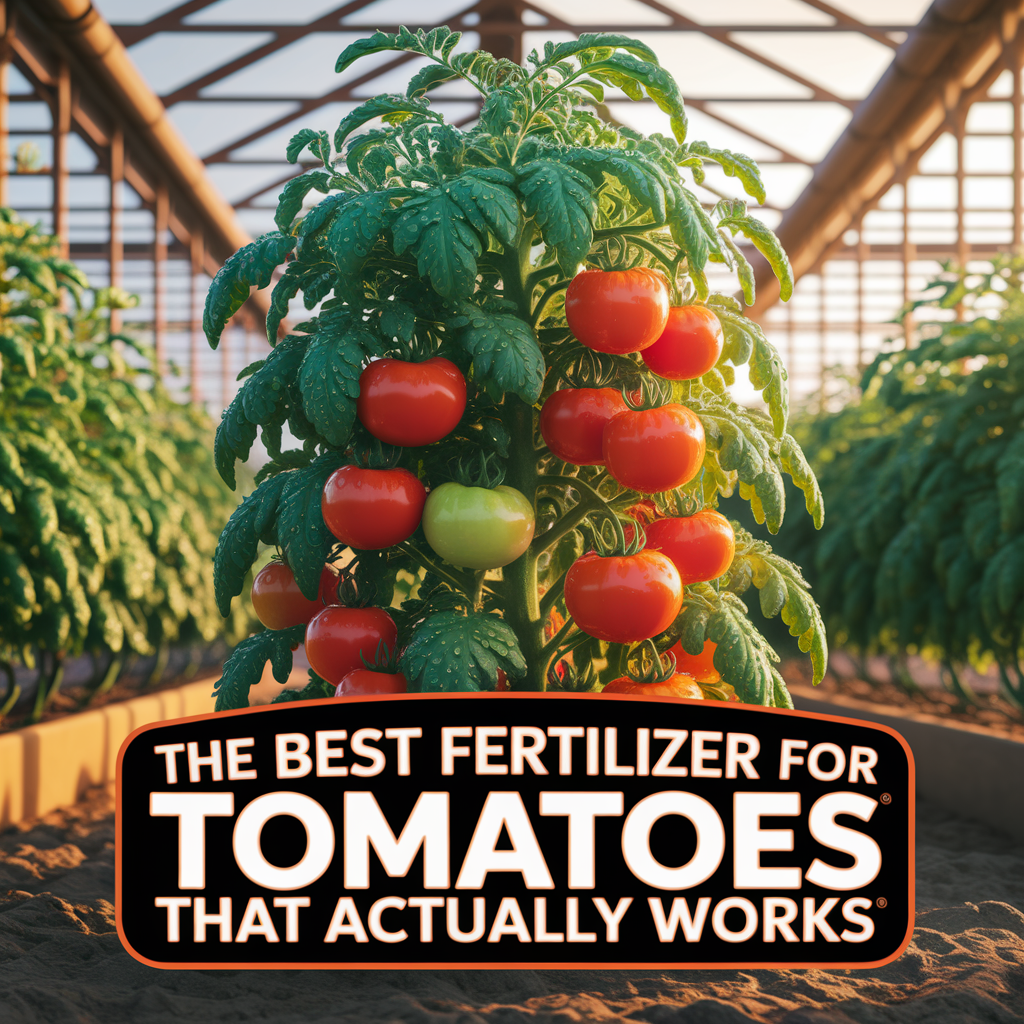
What Happens If Tomatoes Don’t Get Enough Sun?
Without enough light, you might notice:
- Leggy, weak plants
- Slow or no fruit production
- Pale leaves and soft stems
- Increased risk of disease
Tomatoes in shade just won’t thrive like they should — but if full sun isn’t an option, remember: container growing, smart variety choices, and fertilizer strategies can still help you grow something worth bragging about.
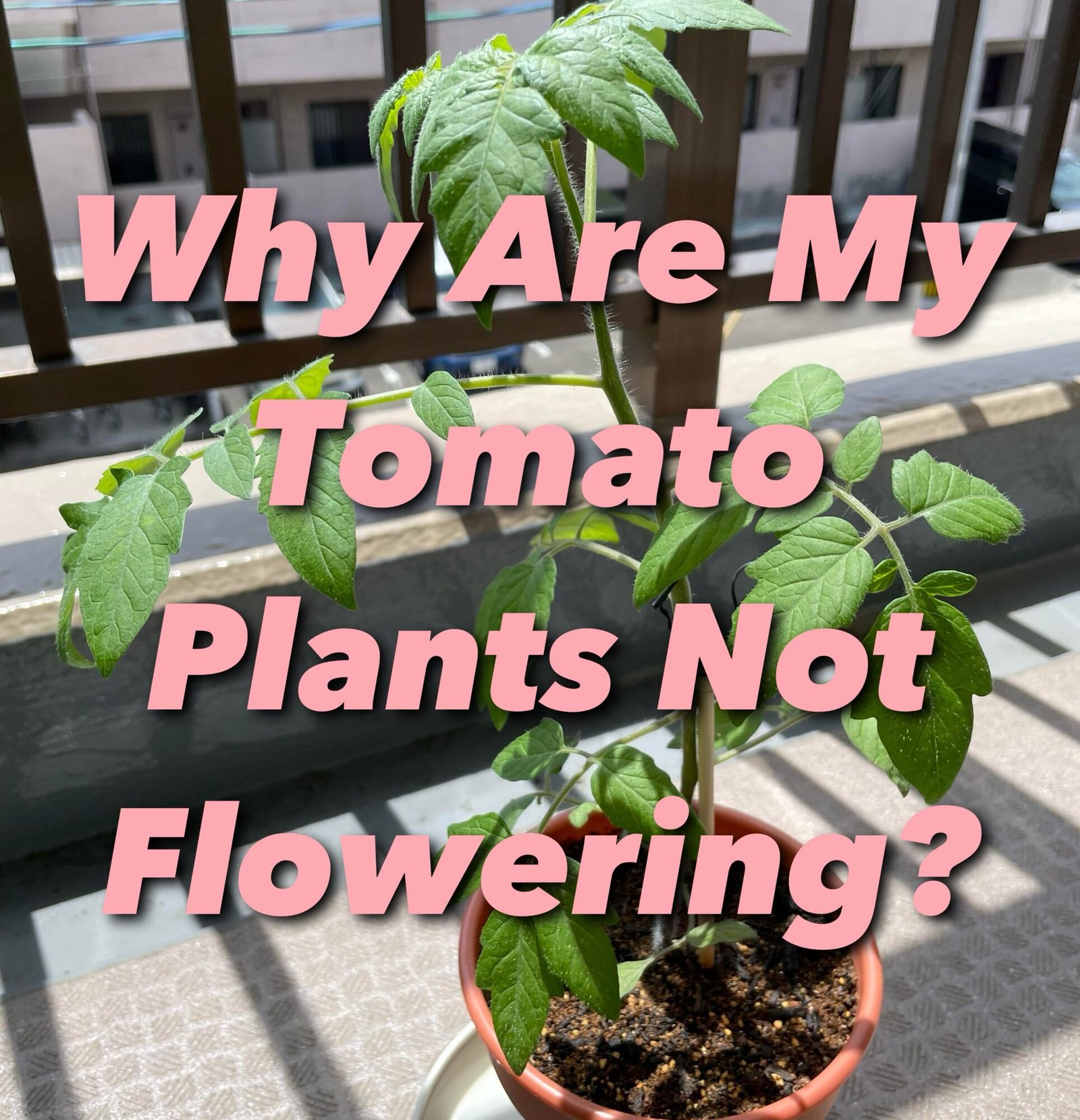
If your tomatoes aren’t getting the light they need, don’t stress — just adjust, experiment, and enjoy the process. Your backyard (or patio!) tomato journey will get better with every season 🌞🍅
As an Amazon Associate we earn from qualifying purchases through some links in our articles.
